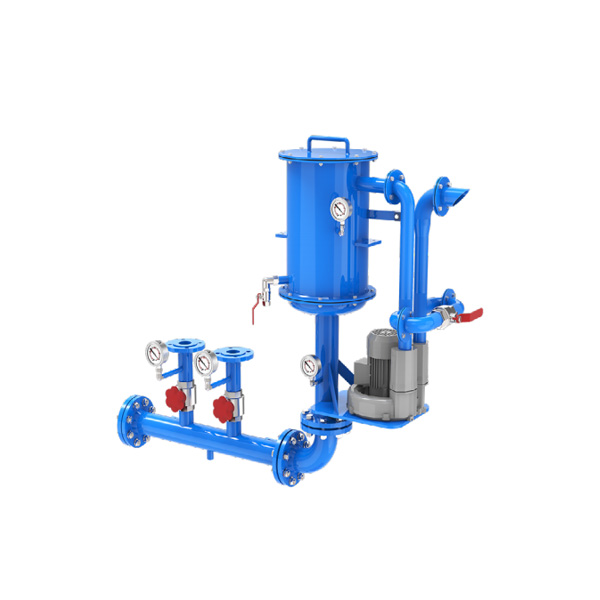In today's technologically advanced world, electricity is the lifeblood that powers our homes, industries, and economies. Behind the scenes, a complex network of electrical systems ensures the efficient generation, transmission, and distribution of this vital resource. In this blog post, we will explore the most common electrical system that forms the backbone of modern power distribution.
- The Power Grid: A Global Network:
The most common electrical system is the power grid, a vast interconnected network that spans countries and continents. It comprises power plants, transmission lines, substations, and distribution networks, working together to deliver electricity to end-users. The power grid can be categorized into three main components: generation, transmission, and distribution. - Generation: From Power Plants to the Grid:
Electricity is primarily generated in power plants using various sources such as fossil fuels, nuclear energy, hydroelectricity, or renewable sources like solar and wind. These power plants convert energy into electricity through generators. The generated electricity is then stepped up to high voltages for efficient transmission over long distances. - Transmission: High Voltage, Long-Distance Journey:
Once generated, electricity is transmitted over long distances through high-voltage transmission lines. These lines, often supported by tall towers, minimize energy losses during the journey. High-voltage direct current (HVDC) transmission is also used for efficient transmission over extremely long distances or underwater cables. - Substations: The Power Transformers:
At various points along the transmission lines, substations play a crucial role in transforming the electricity to different voltage levels. Step-up transformers increase the voltage for long-distance transmission, while step-down transformers lower the voltage for distribution to end-users. Substations also ensure the stability and reliability of the power grid by regulating voltage and managing power flow. - Distribution: Powering Our Homes and Industries:
The final stage of the electrical system is the distribution network, responsible for delivering electricity to homes, businesses, and industries. Distribution lines, often carried on utility poles or buried underground, carry lower voltage electricity to transformers located near the end-users. These transformers further reduce the voltage to a safe level for consumption. - Smart Grid: The Future of Electrical Systems:
As technology advances, the power grid is evolving into a smart grid. It integrates advanced communication, control, and monitoring technologies to optimize power generation, transmission, and consumption. Smart grids enable better load management, improved reliability, and increased integration of renewable energy sources, paving the way for a sustainable and resilient electrical system.
Conclusion:
The most common electrical system, the power grid, is a marvel of engineering that ensures the reliable and efficient distribution of electricity. From power generation to transmission and distribution, each component plays a vital role in delivering this essential resource to our homes and industries. As we embrace the future with smart grids, the electrical system continues to evolve, meeting the growing demands of our modern world while striving for sustainability and efficiency.

More Stories
Kelai JK OLED Installation Best Practices: Tools, Techniques, and Tips for High-Volume Smartphone Repairs
Performance, Application Scenarios and Selection of External Panel Materials for Outdoor Mobile Shelters
5 Game-Changing Tips to Supercharge Your Home Theater with a Universal Projector Remote